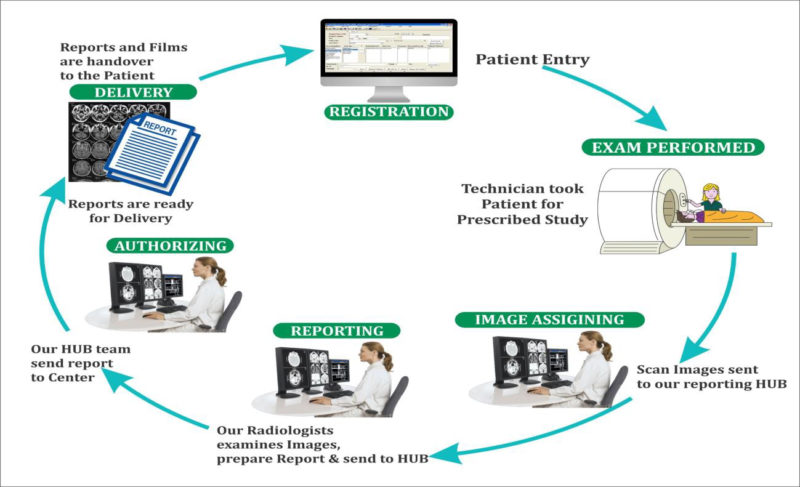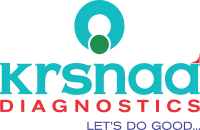
Teleradiology Process Flow
What is Teleradiology?
Simply put, teleradiology refers to the transmission of radiological images like CTs, digitized X rays, MRIs and ultrasounds from one location to another. This is for the purpose of sharing studies and findings with various other radiologists and physicians who are not physically present at the location where the images are generated. This facilitates the interpretation of these noninvasive studiesremotely.
Teleradiology can also be considered as a branch of telemedicine.
It allows radiologists to provide services without actually having to be at the location of the patient. This is particularly important when a sub-specialist such as an MRI radiologist, neuroradiologist, pediatric radiologist, or musculoskeletal radiologist is needed, since these professionals are generally only located in large metropolitan areas working during daytime hours. Teleradiology allows for trained specialists to be available 24/7.
Teleradiology uses standard hardware such as telephone lines, wide-area and local-area networks. Specialized software is used to transmit the images and which enables the radiologist to analyze and diagnose hundreds of images at a given time. Images can be effectively sent elsewhere within the same country or anywhere across the world.
Modalities catered at Krsnaa Diagnostics
Scans like CTs, MRIs and X rays can be effectively and easily transferred to eminent radiologists in various locations for a detailed report.
A CT or MRI scan may be ordered to help diagnose muscle and bone disorders such as bone tumors and fractures or to pinpoint the location of a tumor, infection or blood clot.
The radiologist will review and interpret your scan and prepare a report as soon as it's completed, which typically takes about 24 hours.
How Teleradiology will benefit you?
There are several advantages to teleradiology. The reduction of cost is a big factor, since it eliminates the necessity for radiologists to travel to the site where the images are captured. Collaboration by many radiologists and physicians on the medical images leads to more effective diagnoses. Patients can then be assured of the best line of treatment for their ailments. Teleradiology improves rural area care so that patients of these areas get the best treatment possible.
Clinical applications
Teleradiology enables research scientists to consult with radiologists and physicians from the confines of their lab, without needing to actually travel anywhere.
This method can also be used for teaching and training purposes, wherein lectures and demonstrations of medical procedures can be effectively shared across a digitized platform.
Teleradiology is particularly useful when sub specialty reporting is required. Radiologists who have an expertise in specialties such as neuroradiology, oncology imaging and pediatrics can be consulted easily for quick and effective treatment.
Benefits of Teleradiology at Krsnaa:










